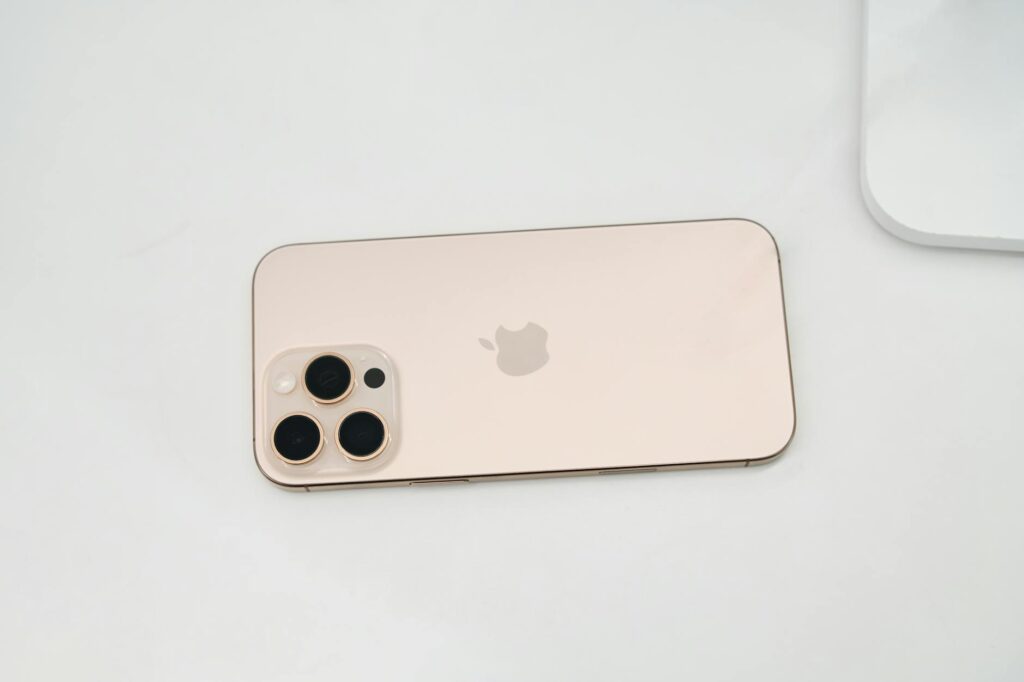What is technology reduction?

What is technology reduction?
In our fast-paced world, technology is everywhere. It enhances daily life, streamlining tasks and increasing efficiency. However, too much technology can lead to stress, distractions, and burnout. This is where technology reduction comes in—a proactive approach to minimize tech usage and reclaim focus, well-being, and productivity.
Technology reduction isn’t just about cutting down on gadget use; it’s about making conscious decisions that enhance your life. By understanding its importance, benefits, and how to implement it effectively, you can create a healthier relationship with technology.
Understanding Technology Reduction
Definition of Technology Reduction
Technology reduction involves intentionally decreasing the amount of technology we use in our daily lives. This can mean anything from limiting screen time on devices to reducing the number of apps on your phone. Essentially, it’s about prioritizing quality over quantity—choosing the tools and technology that genuinely add value to your life while discarding those that don’t.
Significance in the Digital Age
As technology rapidly evolves, it often creates an overwhelming environment filled with notifications and constant connectivity. This can lead to a state of perpetual distraction, making it difficult to focus on tasks that matter. Embracing technology reduction is becoming increasingly important as we navigate a world where digital noise can drown out our ability to concentrate and engage meaningfully with our surroundings.
Benefits of Technology Reduction
Improved Focus and Productivity
When you reduce technology, you’re likely to see an improvement in your focus and productivity. Imagine sitting down to work without the constant ping of notifications or the temptation of browsing social media. By creating a distraction-free environment, you can concentrate better on tasks and complete them more efficiently. Studies show that even short breaks from technology can boost creativity and problem-solving skills.
Enhanced Work-Life Balance
Technology often blurs the lines between work and personal life. Endless emails and notifications can intrude on your downtime, leading to burnout. By consciously reducing tech use, you carve out dedicated time for personal activities and relationships. This balance fosters a healthier lifestyle, allowing you to recharge and engage fully with both work and home life.
Mental Health Improvements
Excessive technology use can negatively impact mental health. It can lead to feelings of anxiety, loneliness, and depression. By reducing technology, you create space for activities that promote well-being, such as spending time outdoors, engaging in hobbies, or connecting with loved ones. These positive interactions can significantly enhance your overall mental health.

Photo by webber Amir
Implementing Technology Reduction Strategies
Identifying Unnecessary Technology
Start by evaluating your technology use. Ask yourself which devices and apps you genuinely need and which are just taking up space. You might be surprised to find that many tools are redundant or rarely used. Consider which technologies truly enhance your productivity and which ones contribute more to distraction.
Setting Boundaries and Limits
Creating boundaries around technology use is essential. This can include setting specific times for checking emails or social media, or even using apps that track and limit your screen time. By establishing these limits, you encourage a more mindful approach to technology, allowing for moments of disconnection.
Digital Detox Techniques
Taking regular breaks from technology—also known as digital detoxes—can be a refreshing way to reset your relationship with devices. This can be as simple as designating tech-free hours during your day or planning a full weekend away from screens. Engaging in real-life interactions during these periods can help you reconnect with your environment and yourself.
Challenges to Technology Reduction
Habitual Dependence on Technology
Breaking free from technology can be challenging, especially if it’s become ingrained in your daily routine. Recognizing and addressing this habitual dependence is crucial. Consider replacing tech-related habits with healthier alternatives, such as reading a book or going for a walk.
Social Pressures and Expectations
In a world where being constantly connected is the norm, social pressures can make it tough to reduce technology use. Friends, family, and colleagues might expect you to respond instantly to messages or be available online at all times. Communicating your intentions and setting clear boundaries with others can help alleviate this pressure.
Conclusion and Call to Action
Technology reduction is about creating a conscious, balanced relationship with the devices that dominate our lives. By understanding what technology reduction means, recognizing its benefits, and implementing practical strategies, you can enhance your focus, improve your mental health, and achieve a healthier work-life balance.
Take a moment to reflect on your technology habits. What changes can you make today to reduce your tech usage? Remember, a little reduction can lead to significant improvements in your overall well-being and productivity. Let’s embrace the power of technology reduction together—your future self will thank you!